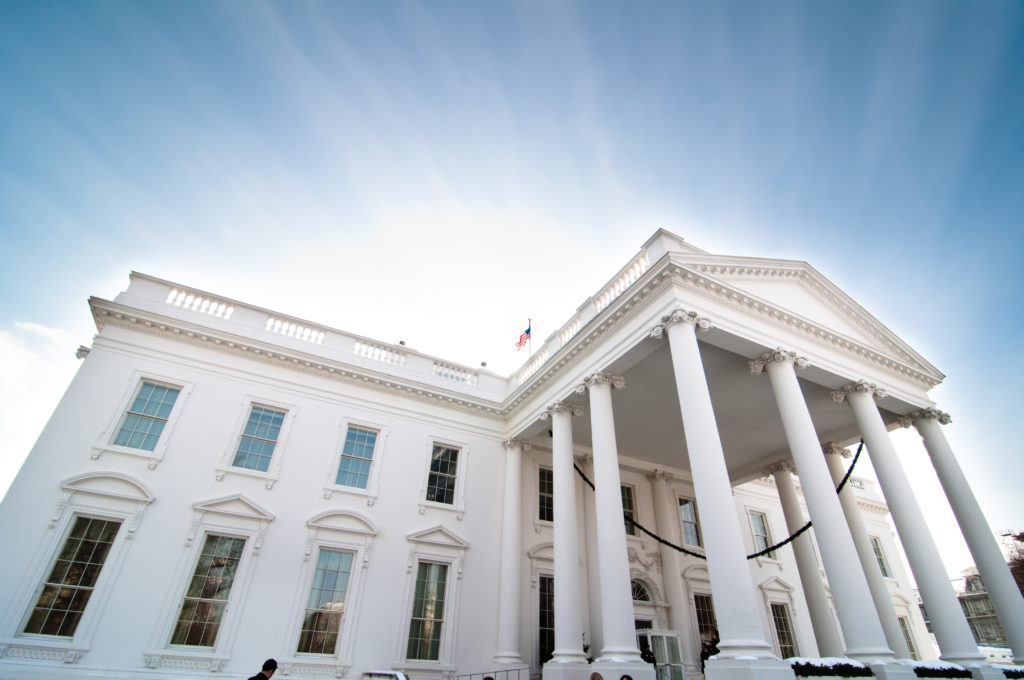
Blog
Renew Progress on Bipartisan Supply Chain Policy – with Environmental Benefits
As November approaches, federal lawmakers are sprinting to wrap up their legislative agenda for the year. But despite early momentum and bipartisan support, several critical proposals to boost supply chain resiliency have fallen to the back burner.
We can’t turn our backs on the lessons learned from the pandemic, when the fragility of our supply chain was on display on the largest scale in modern history. Over the past few years, skyrocketing consumer demand, geopolitical events, ingredient shortages, extreme weather and other issues continue offering little slack in the system, which remains vulnerable to the next unforeseen challenge.
While action could have been taken sooner, there’s still opportunity to renew progress on supply chain legislation that can help prevent and limit the severity of future supply chain disruptions. Several solutions remain ripe for Congress to act on:
Smarter Utilization of Available Trucks
Truck weight limitations are often top of mind when it comes to improving asset utilization for shipping. Increased ground shipping capacity proved successful during the pandemic. Permanently adjusting truck weight limits can help deliver goods to consumers more efficiently, while reducing emissions with fewer trucks needed to transport the same number of products.
Truck weight limits aren’t the only problem undermining shipping efficiency. Right now, trucks drive nearly 35% of their total mileage without transporting freight, resulting in “empty miles.” We must advance policies that support stimulation testing to optimize trucking routes and build the workstream required to release capacity back into the system.
Coordinating Federal Supply Chain Efforts
Boosting collaboration between public and private sectors and federal agencies is essential for improving our supply chain future. Creating a federal Office of Supply Chain would help improve supply chain mapping and monitoring by providing a fuller picture with input from everyone involved. We’re currently dealing with disjointed efforts among various agencies and private entities that leave too many blind spots in the system, but better coordinated data sharing can add the insight we need to predict and prevent future disruptions.
The recently launched Freight Logistics Optimization Works (FLOW) program is already allowing the Department of Transportation (DOT) to leverage data-sharing at key nodes in the supply chain. This pooled visibility allows for a nationwide understanding of pinch points and critical performance areas. We must continue investing in FLOW, so we can hit the ground running upon the eventual establishment of a national freight data portal that will integrate all collected information to maximize efficiency – a program akin to Waze for supply chains.
Waiting for the next crisis shouldn’t be the impetus to advance bipartisan supply chain policy. Strong support for the fixes above exists, and they only need the right legislative vehicle to happen. Consumers recognize the importance of acting on this issue too. Recent polling shows American adults hold significant concern over a host of potential supply chain disruptors. As we continue grappling with a volatile economic environment, the dire consequences stemming from recent shortages of essentials leave no excuse not to act. It’s the government’s responsibility do everything in its power to proactively guard against future supply chain crises, so we’re not left regretting that more wasn’t done when we had the chance.
Published on August 11, 2022



